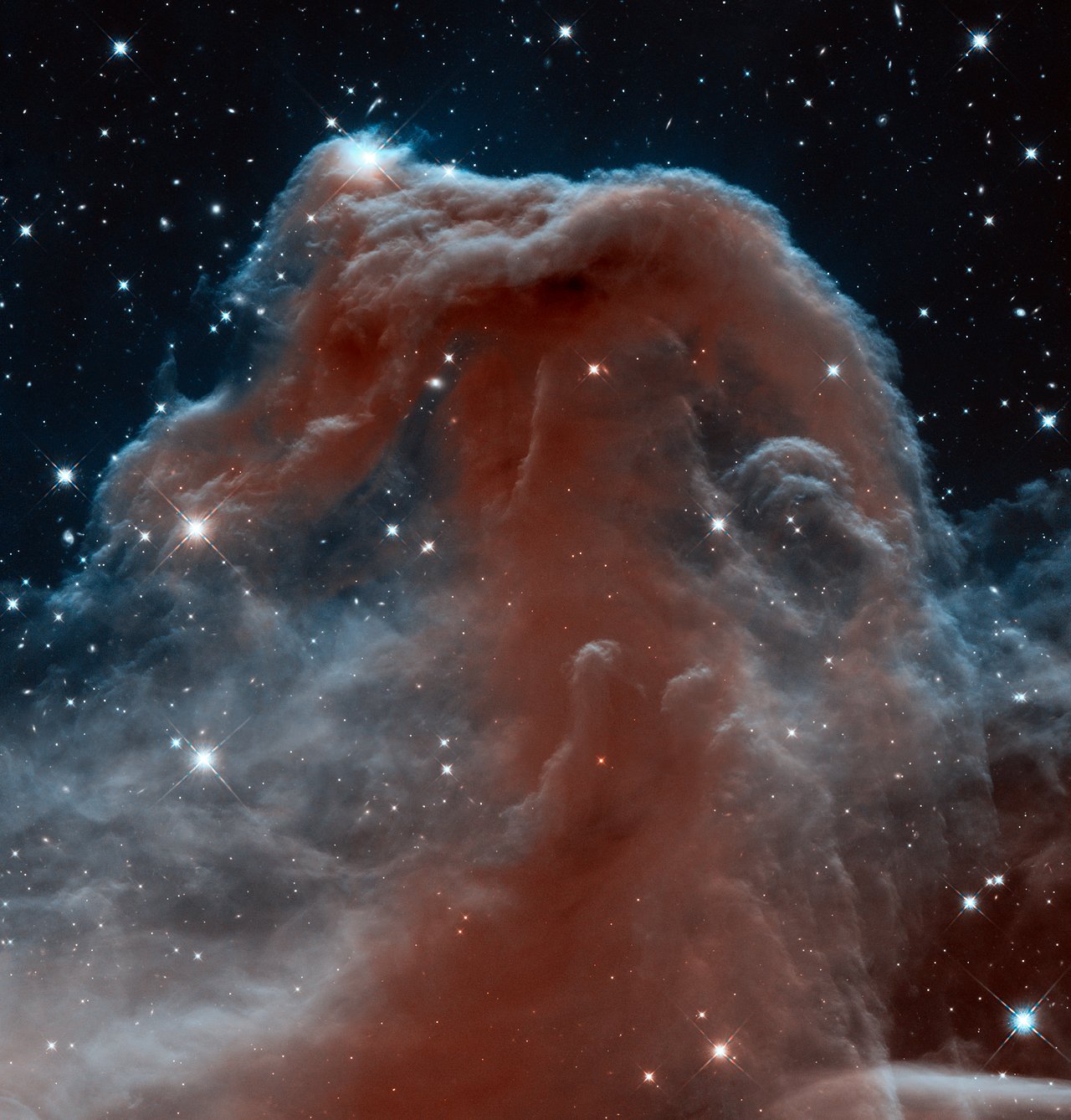 |
| Sunflowers - photo by theLibraryLander Family |
~ Emily Dickinson
And now a final dispatch from this blogger, after a year's worth of daily posts. It's been my unstated goal to post something every day for a year, some bit of wayward news or trivia, something to kindle wonder or mild interest. I've tried to be positive and appreciative of small favors, as indicated by the name of this blog. I hope I've succeeded in that. Books and libraries are my vocation and leisure and I can't help but extol these at every opportunity. I'm also captivated by the Universe and its myriad wonders; one only has to contemplate its vastness and magnificence to become awestruck.
There may be another blog in the offing, though I have no idea what form it will take - it certainly won't have clockwork posts! Whatever shapes itself into being will come forth; I can only hope it will be as interesting and fun as the Empty Middle Seat has been. So, we'll have to wait and see what it is...
 |
| Sunrays by theLibraryLander |

.jpg/819px-Our_Milky_Way_Gets_a_Makeover_(NASA).jpg)













